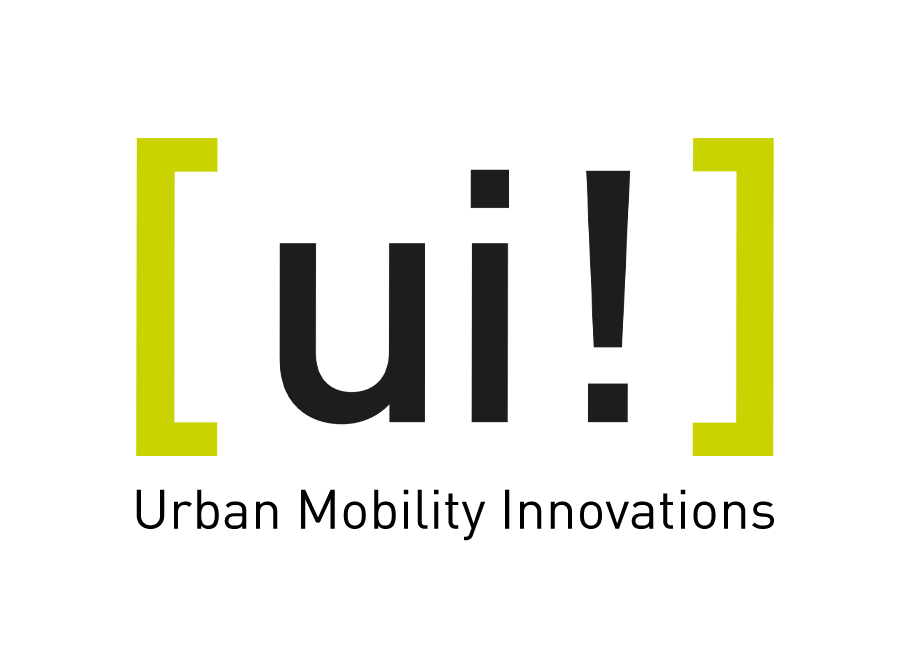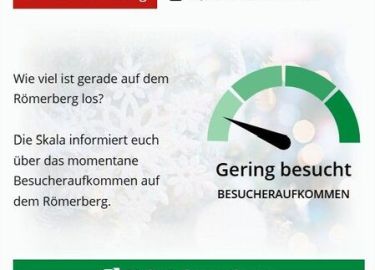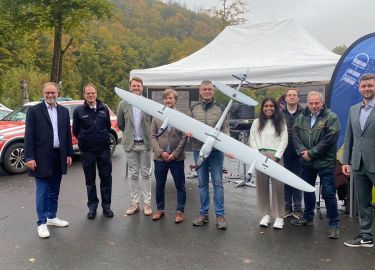Getting to the parking lot faster with AI

There are around 28,000 Park+Ride spaces at the railway stations in the Frankfurt RhineMain region. Today, drivers only notice whether there is still a free parking space at a Park+Ride site when they arrive at the car park.
In the future, this should change.
How the detection and projection of parking space occupancy at Park+Ride sites can be achieved in the future with the help of artificial intelligence is currently being investigated by [ui!] Urban Mobility Innovations, Smart City System GmbH, the Frankfurt University of Applied Sciences and the Gesellschaft für Integriertes Verkehrs- und Mobilitätsmanagement (Society for Integrated Traffic and Mobility Management) as part of the P+R-Aktuell funding project.
Together with the cities of Mainz and Eppstein, the Park+Ride car parks in Mainz-Hechtsheim, Eppstein, Bremthal and Niederjosbach are being equipped with appropriate sensors to determine the occupancy of parking spaces as part of a pilot project. The aim is to be able to take current occupancy information at P+R facilities into account in future mobility information services, such as the P+R platform of the state of Hesse www.pundr.hessen.de.
[ui!] Urban Mobility Innovations will provide aggregated floating car data in this project under the leadership of Dr. Manuel Görtz, Director Analytics Products (UMI), which is needed for the development of the models using artificial intelligence for an accurate estimation of the occupancy level. [ui!] is responsible for the technical integration of the parking sensor data and the provision of the data platform.
In the next few weeks, sensors will be installed at the parking spaces on the Park+Ride sites. These will detect whether a parking space is free or occupied and send this information via a so-called gateway to the central data platform, where the data will be further processed into occupancy information. For this purpose, a data-based procedure is being developed, tested and evaluated that combines data and information from various data sources, such as vehicle movement data and occupancy data from sensors on the P+R facilities.
The number of sensors required to calculate the current and expected utilisation can then be optimised. For this purpose, existing data is intelligently linked and the effort required for stationary data collection by sensors is reduced as much as possible.
In the future, the current occupancy information determined in this way will be made available to third parties via the Federal Mobility Data Marketplace and the mCLOUD ,the BMVI Open Data Portal of the Federal Ministry of Transport and Digital Infrastructure, for use in mobility information services. During the pilot project, the data can already be accessed via the Smart City System app "CityPilot" and in the future via websites and other mobility services.









